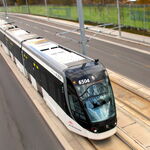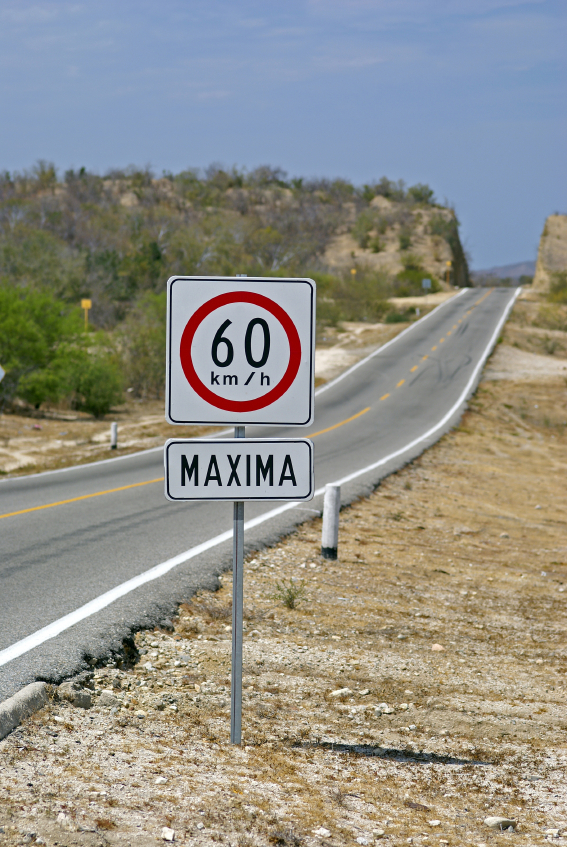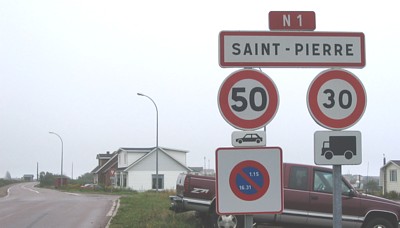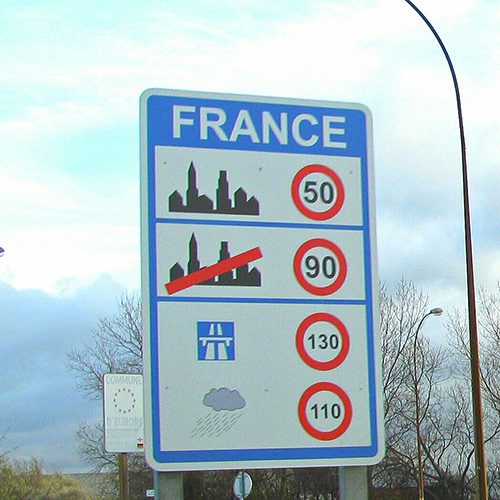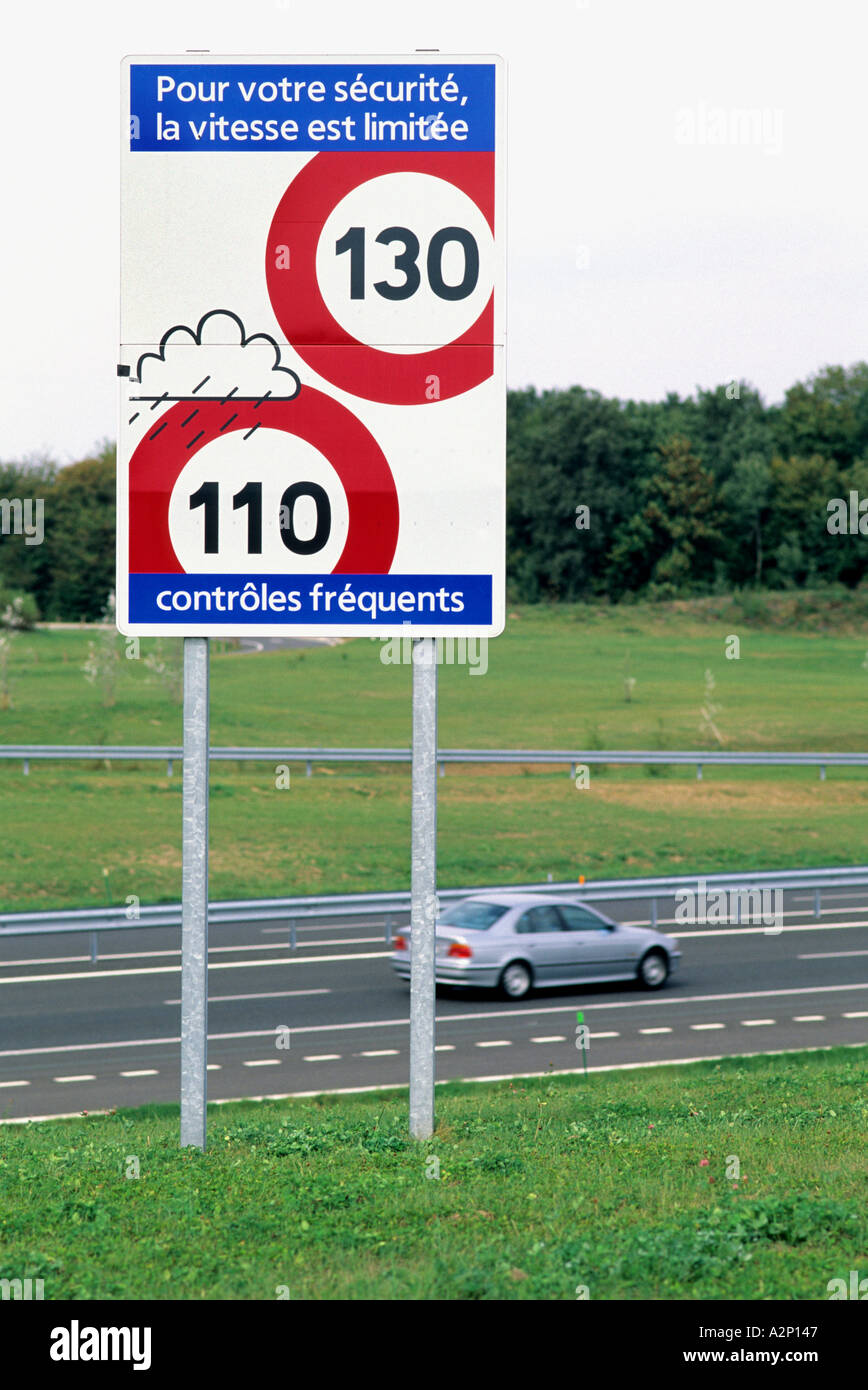lenaitch
Senior Member
It seems they have figured that they need the current economy to pay for the next one, rather than just blow it up.This is very interesting and more then admirable. One should remember that Norways economy and state reserves are backed by and based on a very healthy oil and gas industry, that the goverment has a leading role in. I am not being critical of the efforts seen here, but the fuller picture should be explored.



